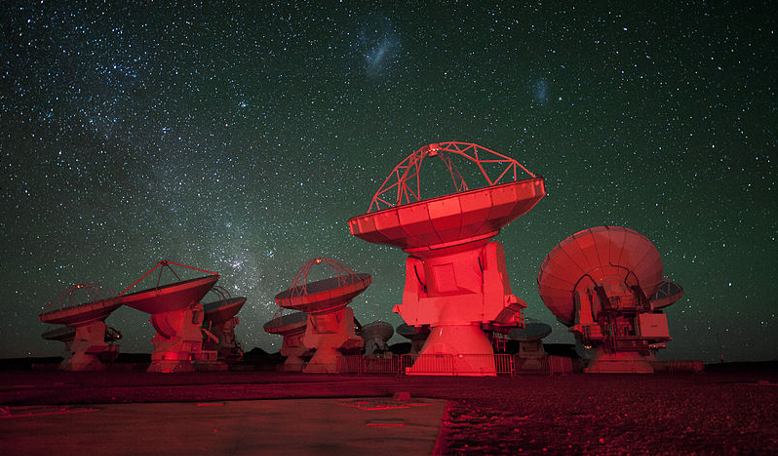The Large Magellanic Cloud (LMC) is a satellite dwarf galaxy of the Milky Way and one of the closest galaxies to Earth and recent research conducted by an international team of astronomers have found that the LMC could potentially have its own disrupting satellite galaxy known as SMASH 1.
With the aid of the Dark Energy Camera (DECam), mounted in the CTIO Blanco 4-meter telescope at Kitt Peak, the team whose lead author on the recent research paper is Nicolas Martin from the Observatoire astronomique de Strasbourg, France, found within the Survey of the Magellanic Stellar History (SMASH), a very faint stellar system approximately 16 kilo parsecs from the LMC.
The system, now known as SMASH 1 is described as being sparsely populated with main sequence and a handful of red-giant-branch candidate member stars, in other words, it is “an old and metal-poor stellar system.” In addition, as the system is highly elliptical, it is thought to be undergoing tidal disruption, meaning that the stars are being pulled away from the system by the tidal forces of the LMC. As such, the team raise questions about the survivability of the satellite.
The Survey of the Magellanic Stellar History is one of a number of surveys that stem from The Dark Energy Survey (DES) that has helped discover more than a dozen new candidate dwarf galaxies and globular clusters in the last few years. And it appears that the surveys, which also includes the Stromlo Milky Way Satellite (SMS) survey, have one distinguishing feature in common - all of the surveys find systems that have a low surface brightness; the probable reason as to why these systems have gone unnoticed in the past.
Although the nature of SMASH 1 remains uncertain, the team speculate in their paper that the system could be one of a number of outer LMC clusters that have been captured from the SMC and that an interaction between the two Clouds could very well be the reason why SMASH 1 is living up to its namesake, as it heads on a collision course with the LMC.
Whatever the future holds for this newly found satellite system, the discovery could be the first of its kind as the team conclude that, “SMASH 1 would be one of only a few known disrupting globular clusters and the first such object to be discovered around the LMC.”
For more information on this research, see; http://arxiv.org/pdf/1609.05918.pdf











